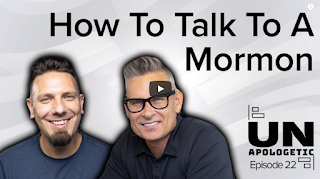Old Books, New Books

As I mentioned before , my interest in history and sociology was piqued around 2013 when I first read a couple now obscure books by Carroll Quigley from the 1960s. It was astonishing to me how different the tone was from anything that could have been published by a respected academic in 2013. (Partly, that he appreciated the societal importance of religious beliefs, appreciated The West, and wasn't afraid to talk about the positive influence of both.) I feel the same when I read, for example, John Locke, or Arnold Toynbee, or Eric Voegelin (who I only recently heard of and just started reading) - a glowing feeling like the Renaissance scholars must have felt as they unearthed the long-lost wisdom of the ancients. Only this time, oddly, it is wisdom possessed by scholars still alive in the 1970s and 1980s. It is wisdom long-lost only because this wisdom became unfashionable. A generation of academics deliberately buried this knowledge (what I called the History Coup ) and placed a c

